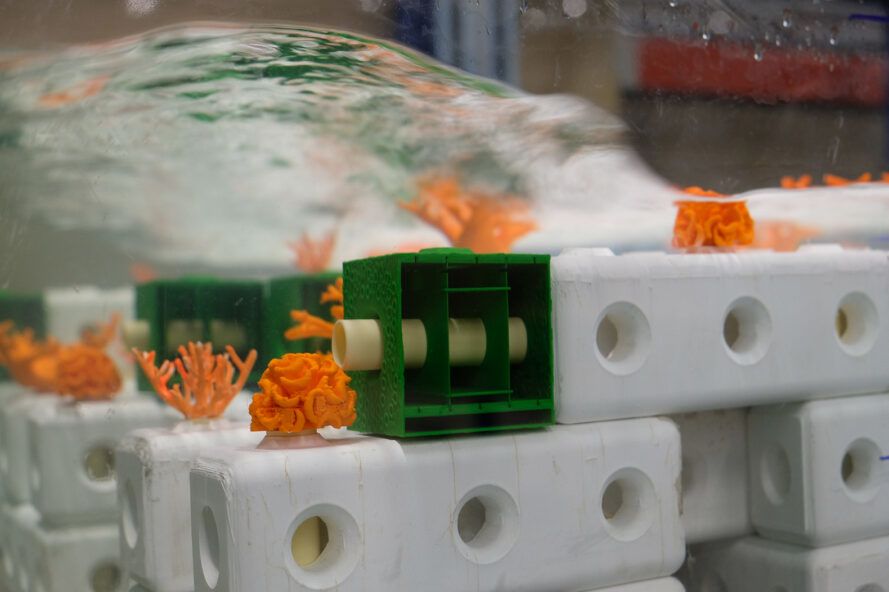
Artificial coral reefs help marine life and biodiversity
Climate change-induced storms are battering coasts worldwide with sea level rise, erosion and damages. More than half of coral reefs and 85% of oyster beds used to protect our coasts have already been severely damaged or destroyed.
Continue reading below
Our Featured Videos

Coral reefs are one of the best protections against coastal erosion from major storms. However, coral is suffering from warming ocean temperatures. Studies estimate that all coral reefs will be in danger by 2050 unless urgent action is taken. Enter Reefy, a nature-based solution to coastal climate change-related damage that restores reefs and protects biodiversity.
Related: Coral growth may be boosted with artificial reefs

Reefy creates a product called REB (Reef Enhancing Breakwater) that works as a modular cement block to build artificial reefs. It can dissipate waves up to 97%. This helps protect coastal wildlife, offers new habitat for fish and corals and creates a stable structure that is harder for hurricanes to damage in the event of a large storm.
Coral reefs are a biodiverse ecosystem and a significant food source for over a billion people across the globe. They also create $9.6 billion in tourism and recreation every year. By using Reefy blocks to create artificial reefs, it’s possible to reap the benefits of natural reefs while preventing the onslaught of coastal damage being wrought by rising sea levels and stronger hurricanes.

Here’s how REB blocks work: REB modules have an elongated shape made out of sustainable concrete that allows for overhang to create shelter for fish. Hydrodynamic tunnels through the blocks create a maze of spaces through the reef that house many different species seeking protected environments on a reef. As foundational species such as algae, oysters, and corals cling to the reef blocks, it attracts fish populations and invertebrates that further populate and build on the reef to restore the ecosystem.

Additionally, REB blocks have rounded corners to create crevices for invertebrate species to take shelter or reproduce. The blocks also can be configured to different textures of eco-concrete to create the appropriate substrate for settlement and growth of reef building organisms like corals and oysters, who help establish reef ecosystems. Reefy products can be used for soft river bank stabilization, urban waterfront biodiversity enhancement, coastal protection and port development. They’re even a possible way to enhance eco-tourism.
